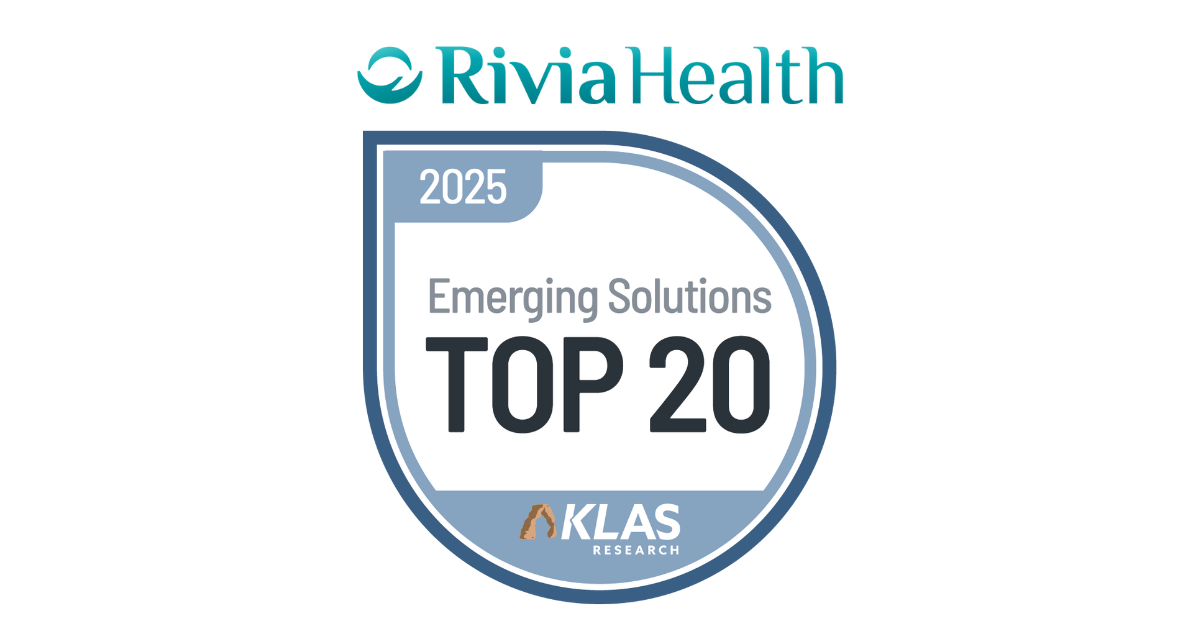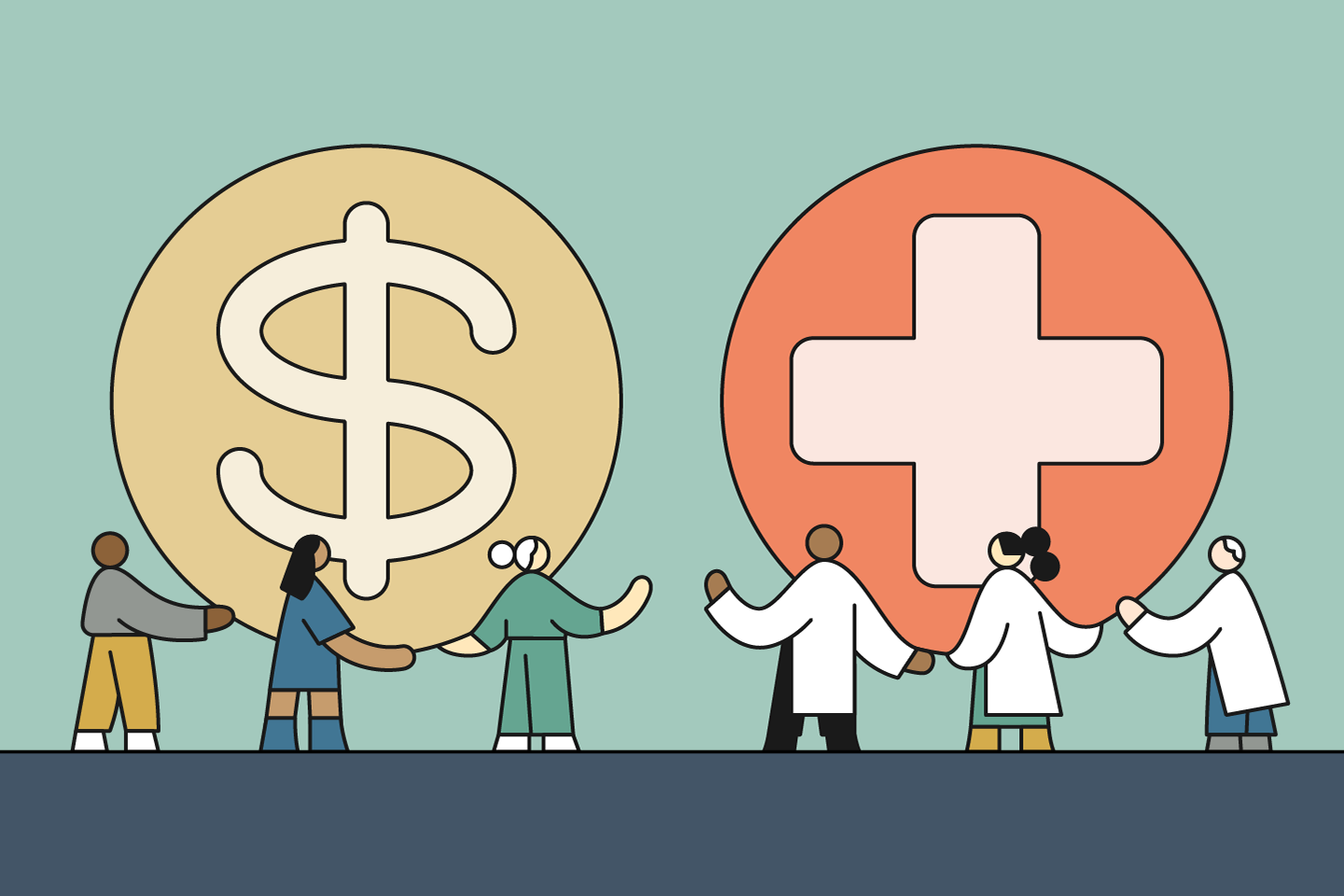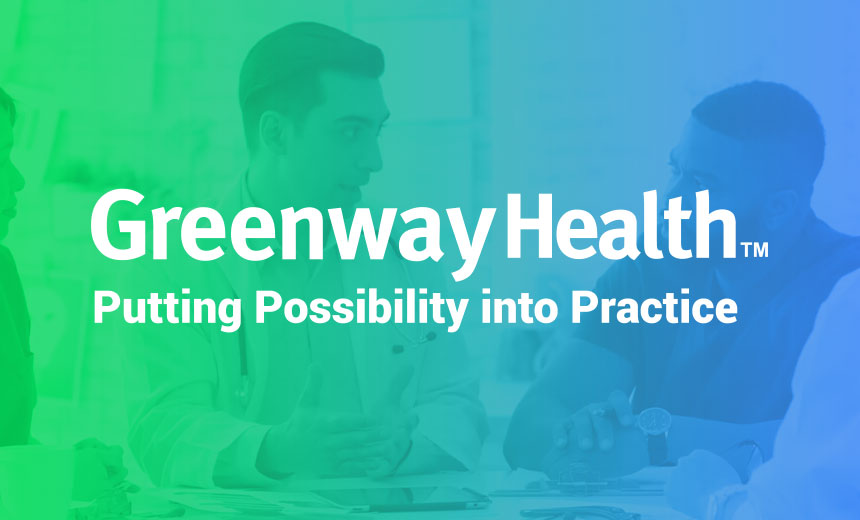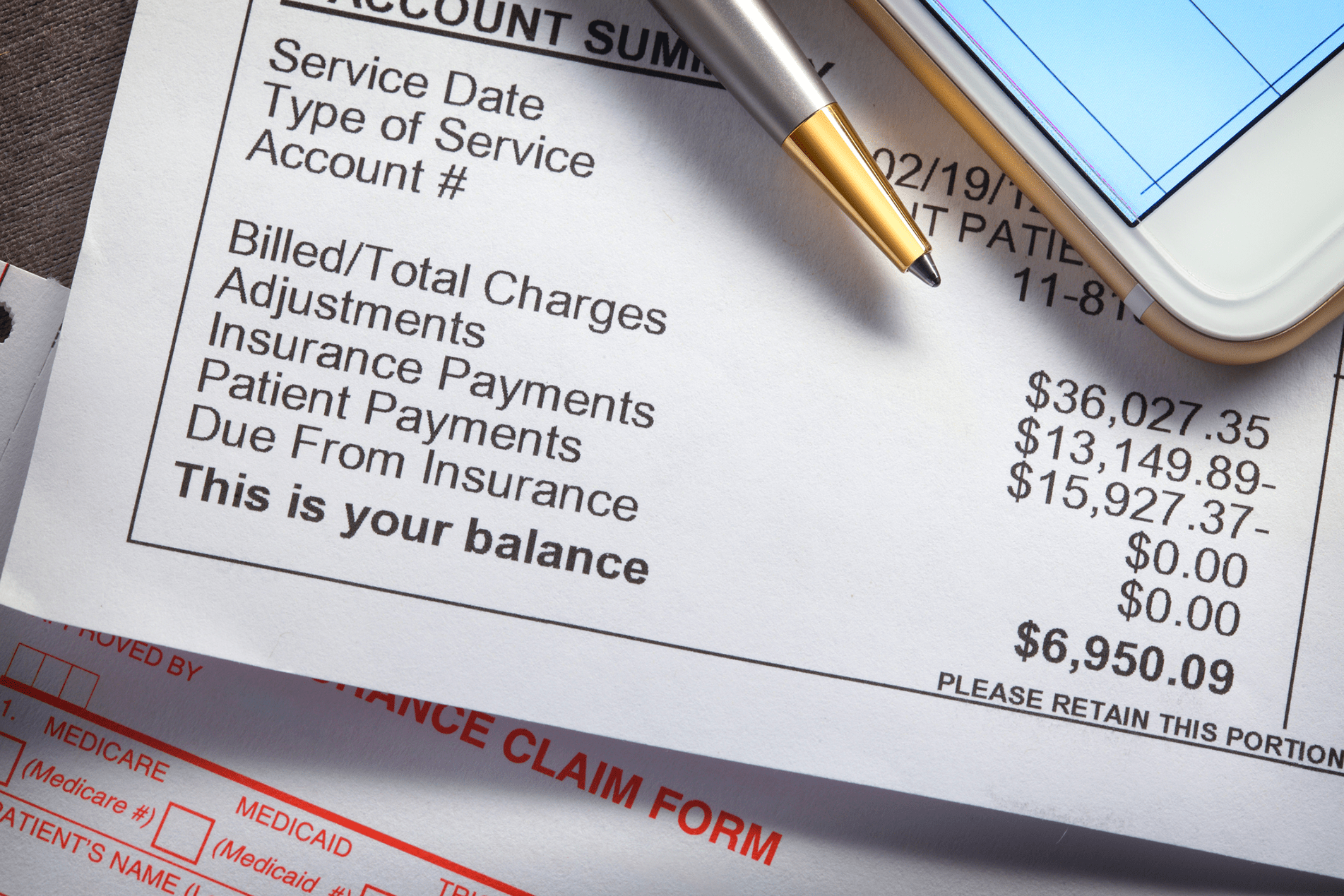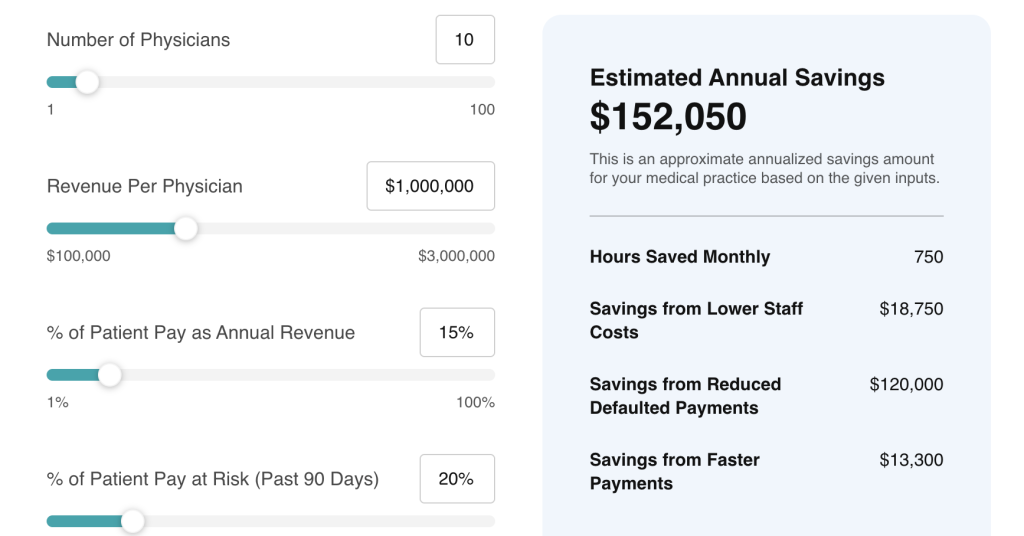Healthcare organizations are facing mounting pressure to optimize the patient financial experience. Rising patient out-of-pocket costs, high administrative burdens, and increased competition have made it critical for providers to modernize the way they bill and collect payments. One innovation making a significant impact is the rise of login-free payment options.
Login-free payment tools allow patients to pay their medical bills via secure links sent through SMS or email—without the need to create or remember usernames and passwords. This simple change is proving to be a game changer for healthcare organizations, improving collection rates, reducing administrative overhead, and increasing patient satisfaction. In this article, we’ll explore why login-free payments matter, the benefits they deliver, and how your organization can implement them to streamline the revenue cycle.
The Problem With Traditional Payment Portals
While online portals have been a step forward from paper billing, they still come with significant barriers:
- Password fatigue: Patients are already managing multiple logins for everything from banking to streaming. Asking them to create and remember another password—just to pay a bill—is a major source of drop-off.
- Low adoption: Many patients never activate their portal accounts, or forget about them entirely.
- Complicated navigation: Even those who do log in often find the experience confusing, with unclear balances and clunky interfaces.
These obstacles contribute to delays in payment, missed bills, and more calls to your billing office. Ultimately, they slow down cash flow and frustrate patients.
What Is Login-Free Payment?
Login-free payment options allow healthcare organizations to send personalized payment links to patients via SMS or email. When a patient clicks the link, they are taken directly to a secure payment screen where they can view their balance and pay immediately—no login or account creation required.
These links are typically tokenized and encrypted, meaning they are both secure and tied specifically to the patient and their bill. Most systems offer two-way communication, letting patients ask questions, confirm receipt, or get assistance if needed.
The Benefits of Login-Free Payment Options
1. Faster Patient Payments
Patients are far more likely to pay their bills when the process is fast, convenient, and mobile-friendly. Login-free payments remove the friction that slows patients down. By meeting patients where they are—on their phones, via text or email—you can dramatically shorten the payment cycle.
Stat to know: Text messages have a 98% open rate, and more than 90% are read within 3 minutes. That means your bills get seen and acted on faster.
2. Improved Collection Rates
By reducing barriers, login-free payments lead to higher collection rates. Patients who might ignore or delay action on a traditional paper statement are much more likely to respond to a simple digital reminder with a one-click payment option.
3. Lower Administrative Costs
Fewer logins mean fewer calls to your front desk or billing department. When patients can pay easily without needing help, your staff can focus on more value-added tasks. You’ll also spend less on printing and mailing statements.
4. Better Patient Experience
Patients want healthcare to be as convenient as other parts of their lives. Offering an intuitive, no-login option shows that you respect their time and preferences. This improves patient satisfaction and strengthens loyalty to your organization.
Bonus: Many patients are more willing to pay their bills when they feel the process is respectful and user-friendly.
5. Increased Staff Efficiency
Staff waste valuable time fielding questions about portal access, resetting passwords, and tracking down unpaid balances. With login-free tools, your billing staff can monitor payment activity and only intervene when needed.
Common Use Cases for Login-Free Payments in Healthcare
- Post-visit balances: Automatically send a text with a payment link once the claim is adjudicated.
- Co-pay collection: Share a secure payment link at check-in or before the visit.
- Payment plans: Offer patients flexible installment options without requiring portal enrollment.
- Pre-service deposits: Request upfront payments or down payments for high-cost procedures.
Implementation Tips for Healthcare Organizations
If you’re considering adding login-free payments to your patient engagement strategy, here are some best practices to ensure success:
- Choose a platform with EHR integration: Look for tools that sync with your existing systems like athenahealth, Epic, or eClinicalWorks.
- Prioritize security and compliance: Ensure the solution is HIPAA-compliant and uses encryption and tokenization.
- Enable real-time tracking: Use a dashboard to monitor sent reminders, opened links, and payments received.
- Allow for customization: Personalize messages with the patient’s name, balance due, and due date.
- Combine with reminders: Send payment links as part of your appointment reminder or follow-up workflow.
Final Thoughts: Modern Payments for a Modern Healthcare Experience
Login-free payment options are more than just a convenience—they’re a strategic asset in a healthcare landscape where every dollar and every patient interaction counts. By removing login barriers, healthcare organizations can collect payments faster, reduce costs, and create a seamless financial experience that patients appreciate.
At Rivia Health, we specialize in helping healthcare organizations modernize patient communications and payments. Our platform enables login-free, mobile-first payment options that are fully integrated with your EHR—so you can focus on care, not collections.
Ready to accelerate your patient payments? Let’s talk.

